Although the spotlight at this week’s SpaceX event was squarely on Japanese billionaire Yusaku Maezawa — the first paying passenger for the company’s nascent space tourism business — Elon Musk also revealed a wealth of new details about the BFR and just how this enormous rocket and spacecraft will get to the moon and back.
In a lengthy (one might even say rambling, in the true Musk style) presentation, we were treated to cinematic and technical views of the planned rocket, which is already under construction and could take flight as early as a couple years from now — and Musk then candidly held forth on numerous topics in a lengthy Q&A period. As a result we learned quite a bit about this newly redesigned craft-in-progress.
Are you sitting comfortably? Good. Hope you like pictures of spaceships!
(Note: Quotes are transcribed directly from the video but may have been very slightly edited for clarity, such as the removal of “you know” and “like.”)
BFR is “ridiculously big”
Well, that’s not really news — it’s right there in the name. But now we know exactly how ridiculously big.
“The production design of BFR is different in some important ways from what I presented about a year ago,” Musk said, including its dimensions. The redesigned spacecraft (or BFS) will be 118 meters in length, or about 387 feet; just under half of that, 55 meters, will be the spacecraft itself. Inside you have about 1,100 cubic meters of payload space. That’s all around 15-20 percent larger than how it was last described. Its max payload is 100 metric tons to low Earth orbit.
“I mean, this is a ridiculously big rocket,” he added. The illustration on the wall, he pointed out, is life-size. As you can see it dwarfs the crowd and the other rockets.
What will fit in there? It depends on the mission, as you’ll see later.
No one knows what to call the fin-wing-things
Although Musk was clear on how the spacecraft worked, he was still a little foggy on nomenclature — not because he forgot, but because the parts don’t really correspond exactly with anything in flight right now. “There are two forward and two rear actuated wings, or fins,” he said. They don’t really fit the definition of either, he suggested — especially since they also act as legs.
The top fin “really is just a leg”
The fin on top of the craft gives it a very Space Shuttle-esque look, and it was natural that most would think that it’s a vertical stabilizer of some kind. But Musk shut that down quickly: “It doesn’t have any aerodynamic purpose — it really is just a leg.” He pointed out that during any atmospheric operations, the fin will be in the lee of the craft and won’t have any real effect.
“It looks the same as the other ones for purposes of symmetry,” he explained.
“If in doubt, go with Tintin”
It was pointed out when the new design was teased last week that it bore some resemblance to the ship Tintin (and Captain Haddock, and Professor Calculus, et al.) pilot to the moon in the classic comics. Turns out this isn’t a coincidence.
“The iteration before this decoupled the landing legs from the control surfaces — it basically had 6 legs. I actually didn’t like the aesthetics of that design,” Musk said. “I love the Tintin rocket design, so I kind of wanted to bias it toward that. So now we have the three large legs, with two of them actuating as body flaps or large moving wings.”
“I think this design is probably on par with the other one. It might be better. Yeah, if in doubt, go with Tintin,” he said.
BFR is “more like a skydiver than an aircraft”
An interplanetary spacecraft doesn’t have the same design restrictions as a passenger jet, so it may fly completely differently.
“You want four control surfaces to be able to control the vehicle through a wide range of atmospheric densities and velocities,” Musk explained, referring to the four fin-wing-flaps. “The way it behaves is a bit more like a skydiver than an aircraft. If you apply normal intuition it will not make sense.”
Actually if you imagine the plane as a person falling to earth, and that person controlling their orientation by moving their arms and legs — their built-in flaps — it does seem rather intuitive.
Reentry will “look really epic”
“Almost the entire time it is reentering, it’s just trying to brake, while distributing that force over the most area possible — it uses the entire body to brake,” Musk said. This is another point of similarity with the Space Shuttle, which used its heat-resistance bottom surface as a huge air brake.
“This will look really epic in person,” he enthused.
Of course, that only applies when there’s an atmosphere. “Obviously if you’re landing on the moon you don’t need any aerodynamic surfaces at all, because there’s no air.”
The seven-engine configuration leaves a huge safety margin
Astute observers like yours truly noticed that the number and arrangement of the craft’s Raptor engines had changed in the picture tweeted last week. Musk complimented the questioner (and by extension, me) for noting this and explained.
“In order to minimize the development risk and costs, we decided to harmonize the engine between the booster and the ship,” he said. In other words, it made more sense and cost less to put a similar type of Raptor engine on both the craft itself and the rocket that would take it to space. Previously the ship had been planned to have four large Raptor engines and two smaller sea-level engines for landing purposes. The trade-off, obviously, is that it will be a bit more costly to build the ship, but the benefits are manifold.
“Having the engines in that configuration, with seven engines, means it’s definitely capable of engine out at any time, including two engine out in almost all circumstances,” he said, referring to the possibility of an engine cutting out during flight. “In fact in some cases you could lose up to four engines and still be fine. It only needs three engines for landing.”
The booster, of course, will have considerably more thrusters — 31 to start, and as many as 42 down the road. (The number was not chosen arbitrarily, as you might guess.)
It has a deployable solar array
In the video explaining the mission, the BFS deploys a set of what appear to be solar panels from near the engines. How exactly this would work wasn’t explained at all — and in the images you can see there really isn’t a place for them to retract into. So this is likely only in the concept phase right now.
This isn’t exactly a surprise — solar is by far the most practical way to replenish small to medium amounts of electricity used for things like lights and life support, as demonstrated by most spacecraft and of course the International Space Station.
But until now we haven’t seen how those solar panels would be deployed. The fan structure at the rear would keep the panels out of view of passengers and pilots, and the single-stem design would allow them to be tilted and rotated to capture the maximum amount of sunlight.
The interior will depend on the mission
Although everyone is no doubt eager to see what the inside of the spaceship looks like, Musk cautioned that they are still at a concept stage there. He did say that they have learned a lot from the Crew Dragon capsule, however, and that will be plenty of shared parts and designs.
“Depending on the type of mission, you’d have a different configuration,” he explained. “If you were going to Mars that’s at least a three-month journey. You want to have a cabin, like a common area for recreation, some sort of meeting rooms… because you’ll be in this thing for months.”
Water and air in a months-long journey would have to be a closed-loop system, he noted, though he didn’t give any indication how that would work.
But it will include “the most fun you can possibly have in zero G”
“Now if you’re going, say, to the moon or around the moon, you have a several-day journey,” Musk continued. But then he mused on what the spare space would be used for. “What is the most fun you can have in zero G? That for sure is a key thing. Fun is underrated. Whatever is the most enjoyable thing you could possibly do — we’ll do that.”
Assuming the passengers have gotten over their space sickness, of course.
BFR will cost “roughly $5 billion” to develop
Musk was reticent to put any hard numbers out, given how early SpaceX is in development, but said: “If I were to guess it would be something like 5 billion dollars, which would be really quite a small amount for a project of this nature.”
He’s not wrong. Just for a sense of scale, the Space Shuttle program would probably have cost nearly $200 billion in today’s dollars. The F-35 program will end up costing something like $400 billion. These things aren’t directly comparable, of course, but they do give you a sense of how much money is involved in this type of thing.
Funding is still a semi-open question
First two Starlink demo satellites, called Tintin A & B, deployed and communicating to Earth stations pic.twitter.com/TfI53wHEtz
— Elon Musk (@elonmusk) February 22, 2018
Where exactly that money will come from isn’t totally clear, but Musk did point out that SpaceX does have reliable business coming from its International Space Station resupply missions and commercial launches. And next year, he pointed out, crewed launches could bring another source of income to the mix.
That’s in addition to Starlink, the satellite internet service in the offing. That’s still in tests, of course (and Tintin-related, as well).
Yusaku Maezawa’s ticket price is a “non-trivial” contribution
Hanging out with @yousuck2020 before the @SpaceX moon mission announcement pic.twitter.com/RTOwutzMtG
— Elon Musk (@elonmusk) September 18, 2018
Although both men declined to elaborate on the actual price Maezawa paid, Musk did indicate it was considerable — and of course, he’s also essentially paying for the artists he plans to bring with him.
“He’s made a significant deposit on the price, which is a significant price and will actually have a material effect on paying for the cost of developing the BFR,” Musk said. “It’s a non-trivial amount.”
But it’s already under construction
“We’re already building it. We’ve built the first cylinder section,” Musk said, showing an image of that part, 9 meters in diameter. “We’ll build the domes and the engine section soon.”
Test flights could begin as early as next year
“We’ll start doing hopper flights next year,” Musk said. “Depending on how those go we’ll do high-altitude, high-velocity flights in 2020, then start doing tests of the booster. If things go well we could be doing the first orbital flights in about two to three years.”
This is the most optimistic scenario, he later clarified.
“We’re definitely not sure. But you have to set a date that’s kind of like the ‘things go right’ date.”
The circumlunar flight could “skim the surface” of the moon
The flight plan for the trip around the moon is relatively straightforward, as lunar missions go. Launch, orbit Earth, thrust to zoom off towards the moon, use moon’s gravity to boomerang back, and then land. But the exact path is to be determined, and Musk has ideas.
“I think it would be pretty exciting to like skim the surface,” he said, attempting to illustrate the orbit with gestures. “Go real close, then zoom out far, then come back around. In the diagram it looks kinda symmetric but I think you’d want to go real close.”
As the moon has no atmosphere, there’s no question of the craft getting slowed down or having its path altered by getting closer to it. The orbital dynamics would change, of course, but the moon’s trajectory is nothing if not well understood, so it’s just a question of how safe the mission planners want to play it, regardless of Musk’s fantasies.
“This is pretty off the cuff,” he admitted.
“This is a dangerous mission”
There will be plenty of tests before Maezawa and his artist friends take off.
“We’ll do many such test flights before putting any people on board. I’m not sure if we will actually test a flight around the moon or not, but probably we will try to do that without people before sending people.”
“That would be wise,” he concluded, seeming to make a decision then and there. But spaceflight is inherently risky, and he did not attempt to hide that fact.
“This is a dangerous mission,” he said. “We’ll leave a lot of extra room for extra food and oxygen, food and water, spare parts… you know, just in case.”
Maezawa, who was sitting next to him on stage, did not seem perturbed by this — he was certain to have assessed the risks before buying the ticket. In answer to a related question, he did indicate that astronaut-style training was in the plans, but the regimen was not yet planned.
It probably won’t even be called the BFR
There’s no getting around the fact that BFR stands for “Big Fucking Rocket,” or at least that’s what Musk and others have implied while coyly avoiding confirming. This juvenile naming scheme is in line with Tesla’s. Perhaps cognizant of posterity and the dignity of mankind’s expansion into space, Musk suggested this might not be permanent.
“We should probably think of a different name,” he admitted. This was kind of a code name and it kind of stuck.”
Again, if it officially just stood for “Big Falcon Rocket,” this probably wouldn’t be an issue. But regardless, Musk’s trademark geeky sense of humor remained.
“The only thing is, we’d like to name the first ship that goes to Mars after — Douglas Adams, my favorite spaceship — the Heart of Gold, from Hitchhiker’s Guide to the Galaxy.”
As far off as the moon mission is, the Mars mission is even further, and Musk changes his mind on nearly everything — but this is one thing I can sense he’s committed to.
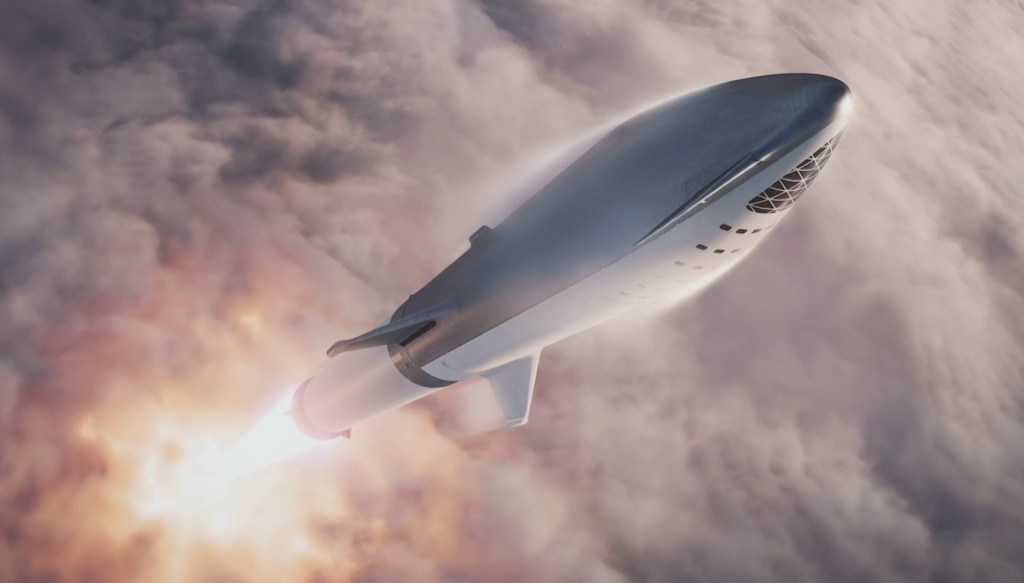
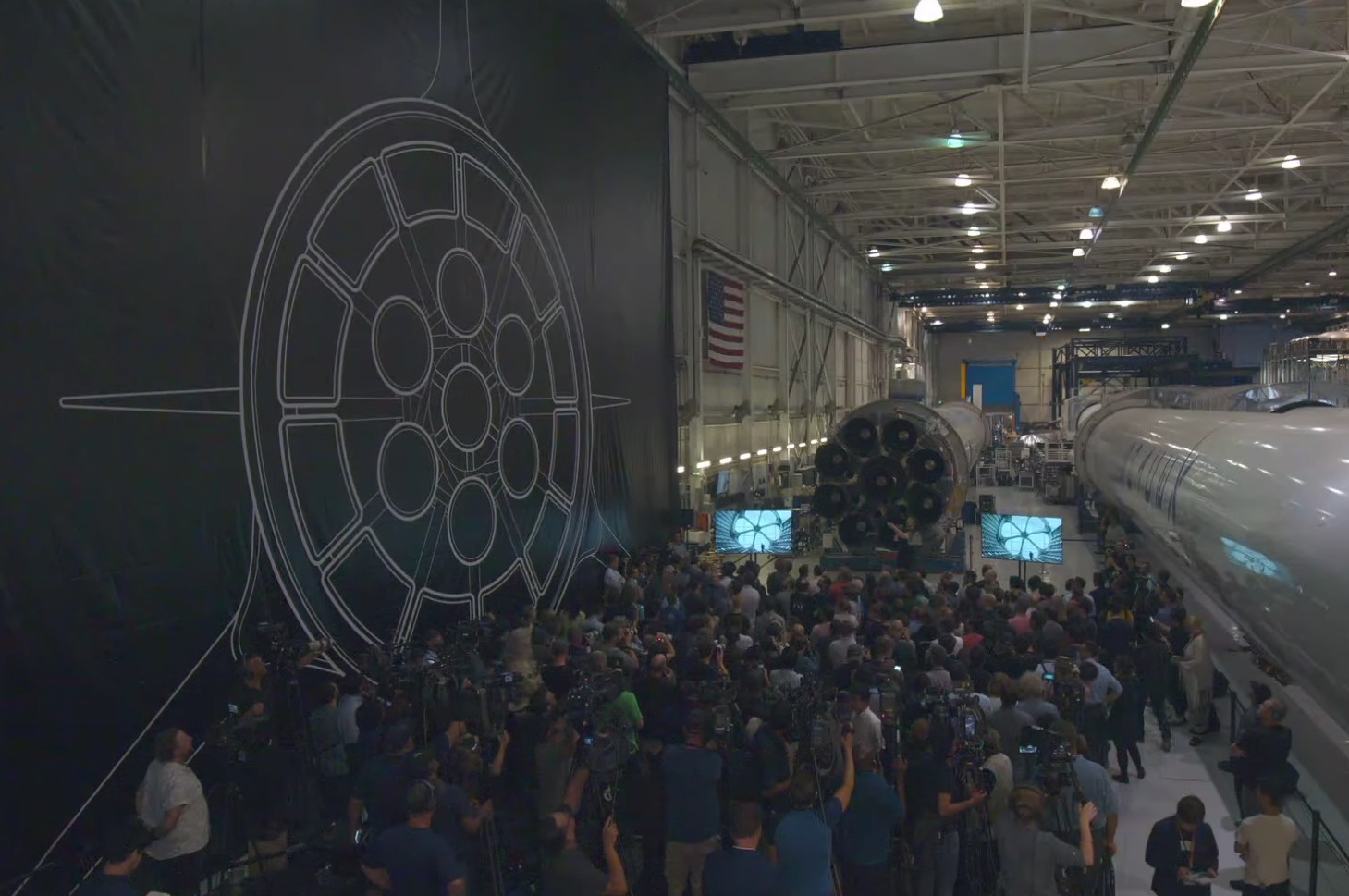
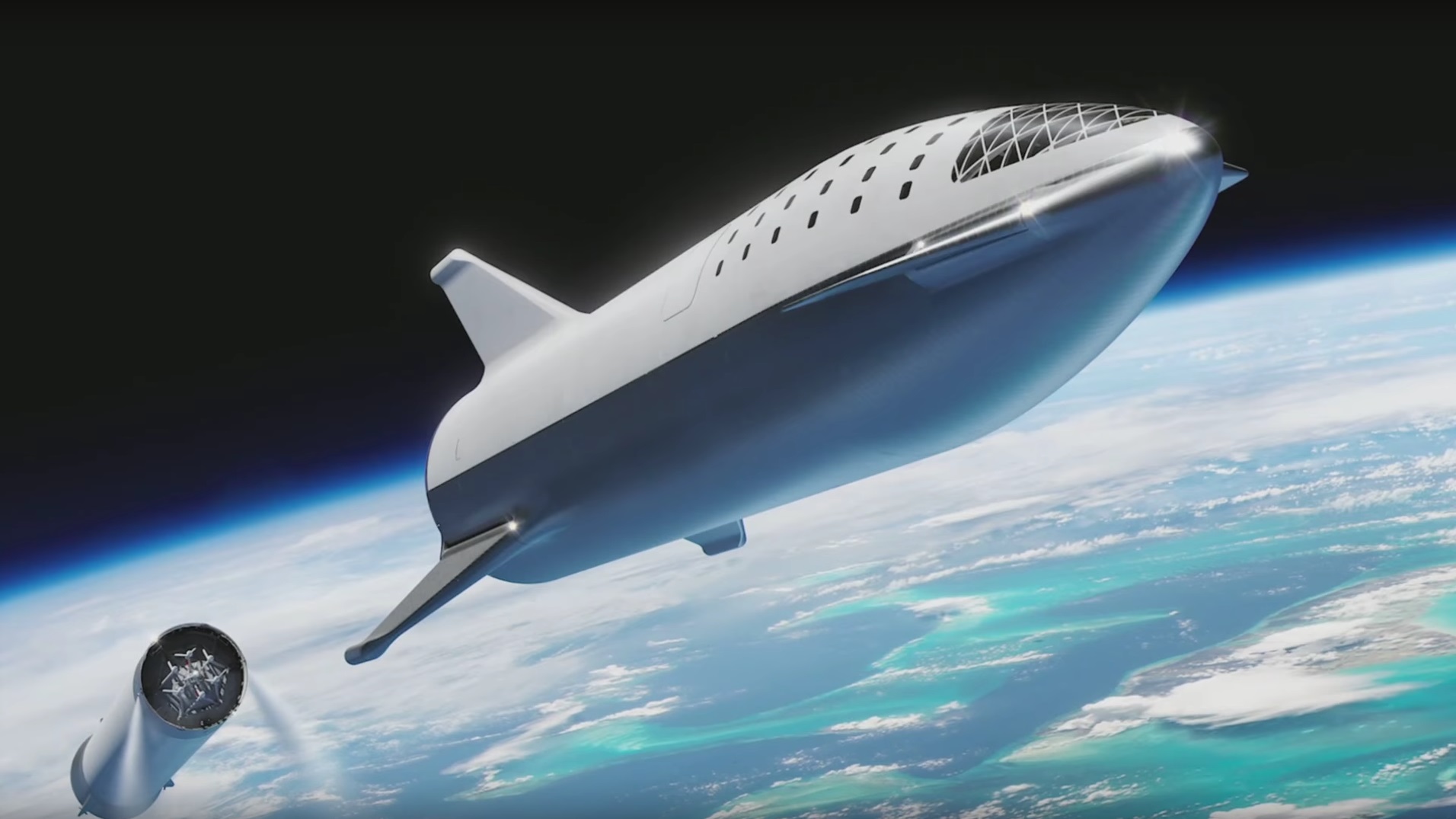
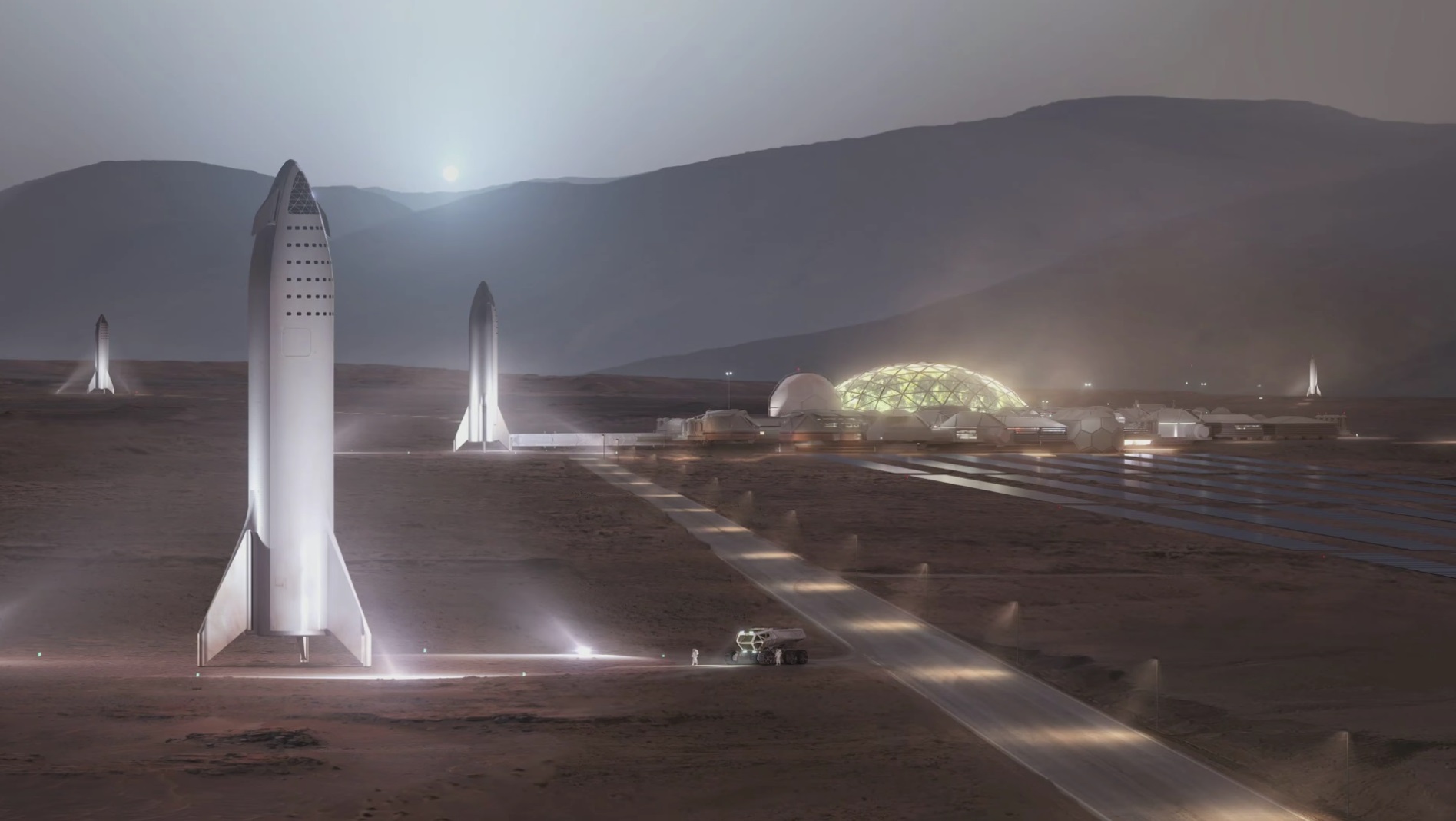
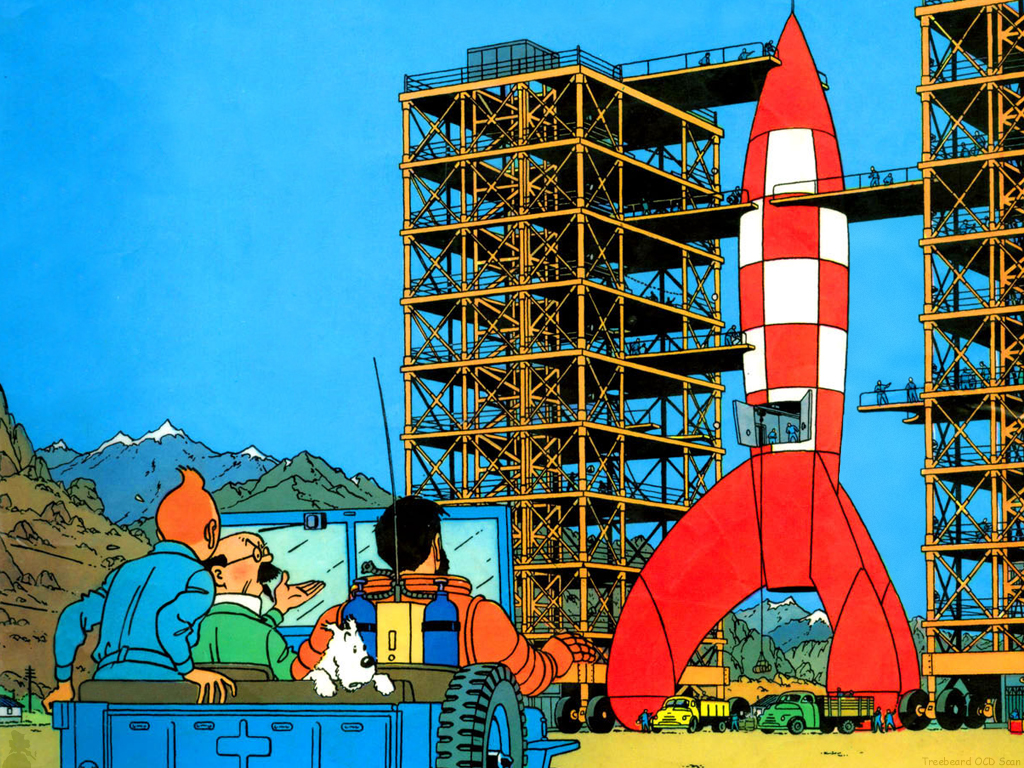
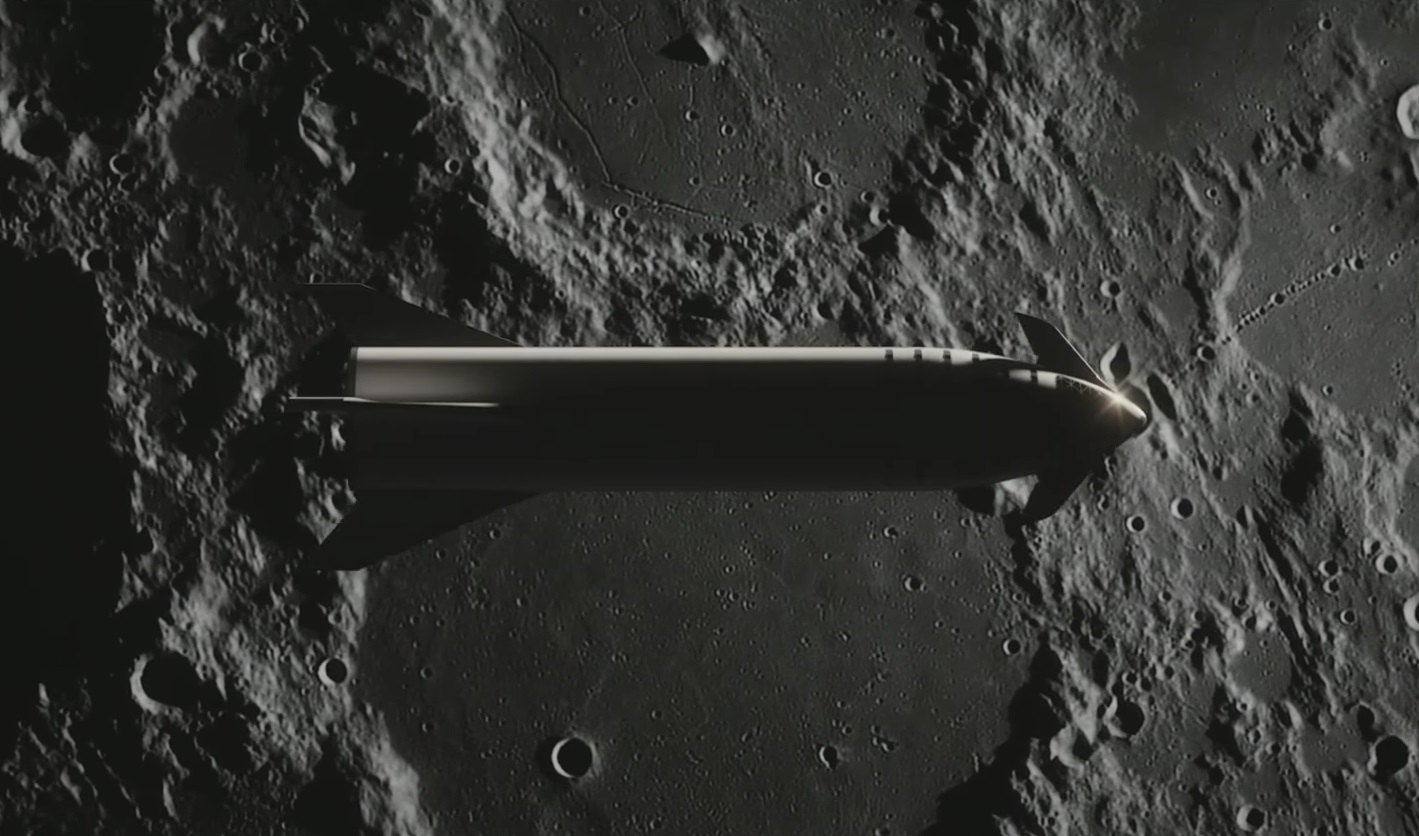

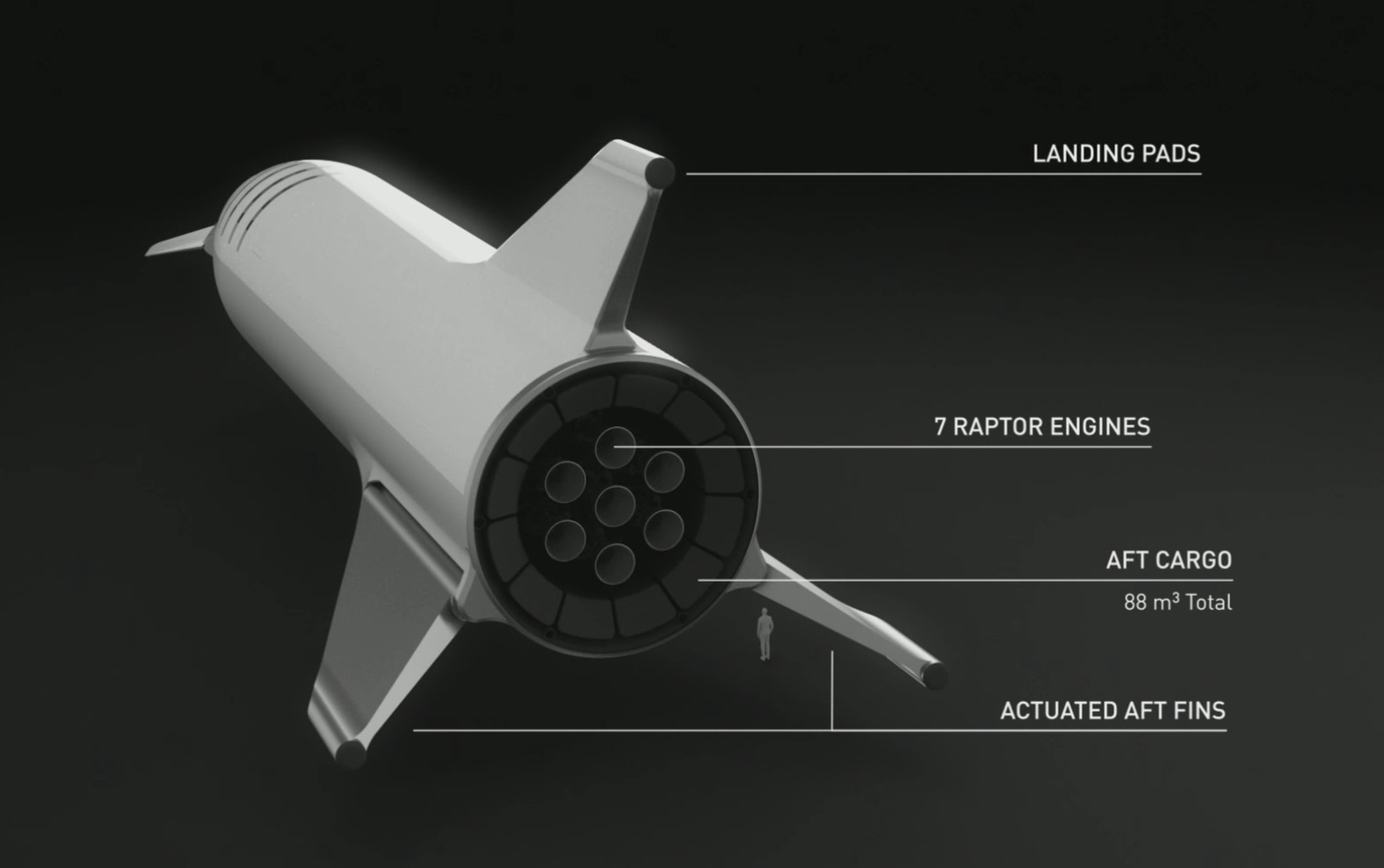
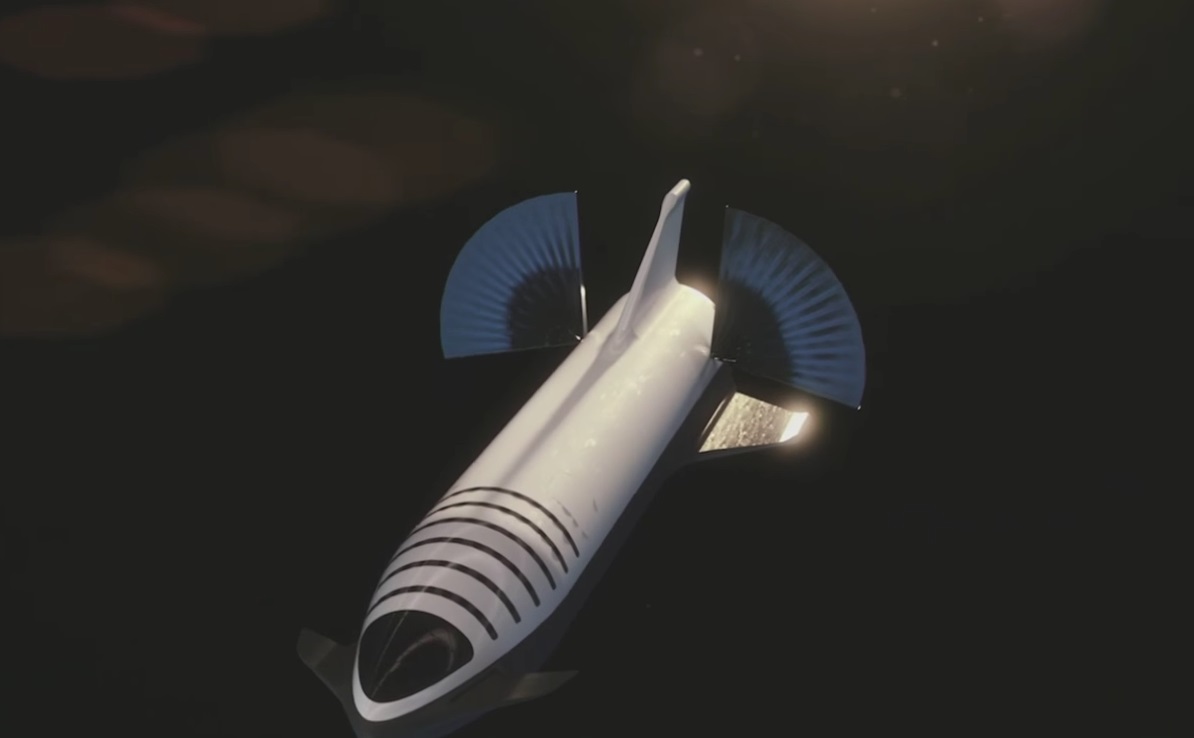
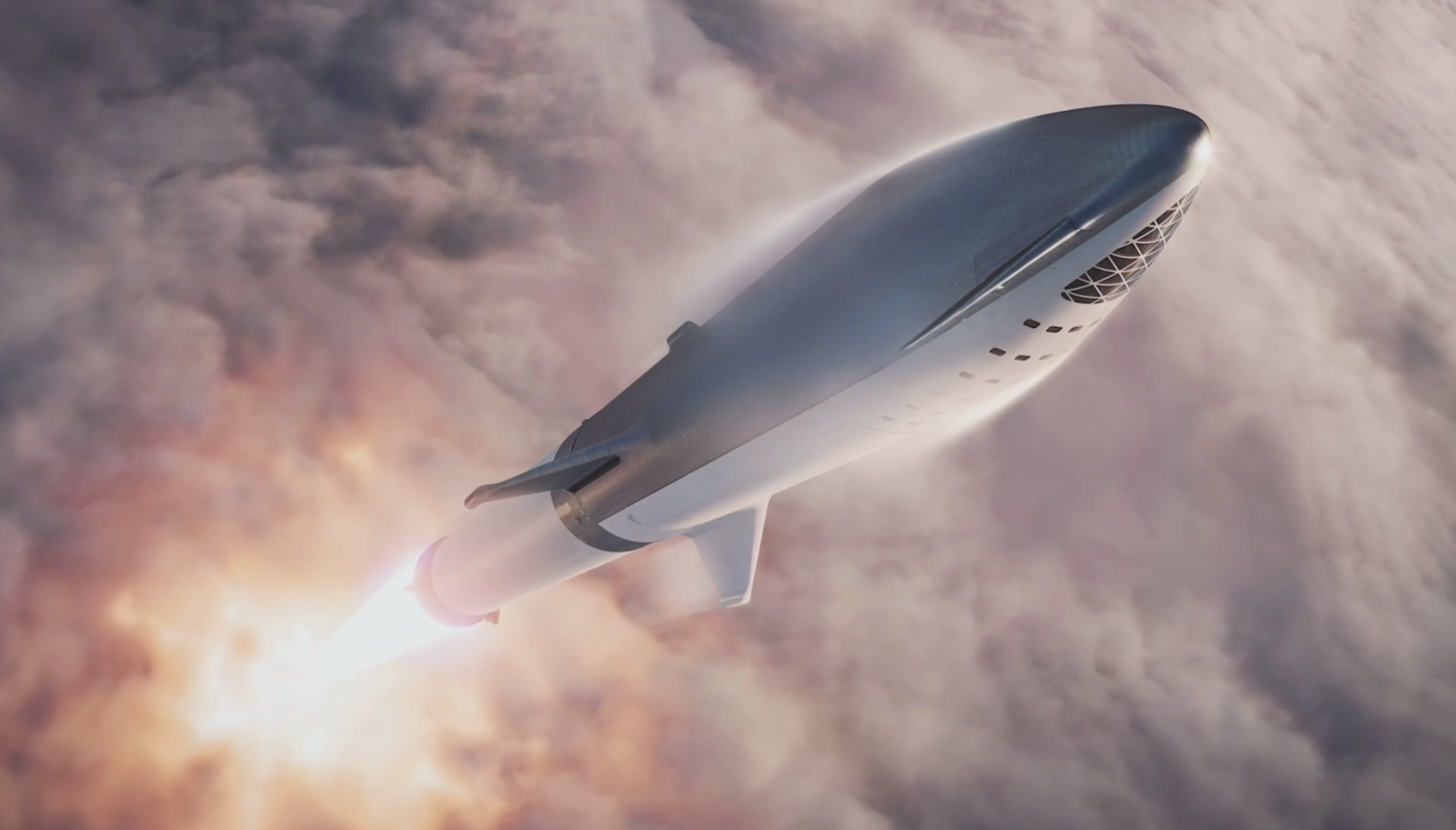

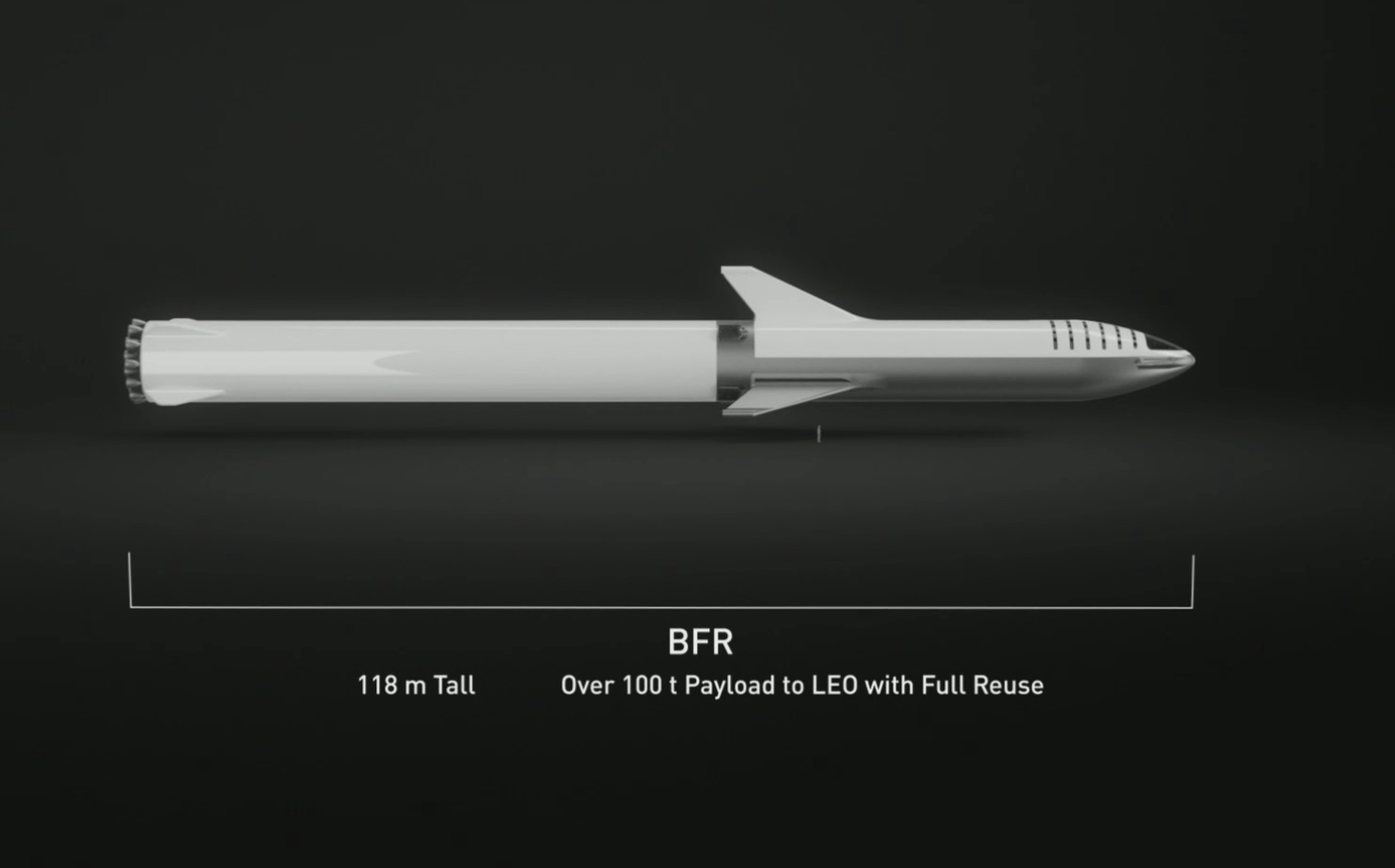
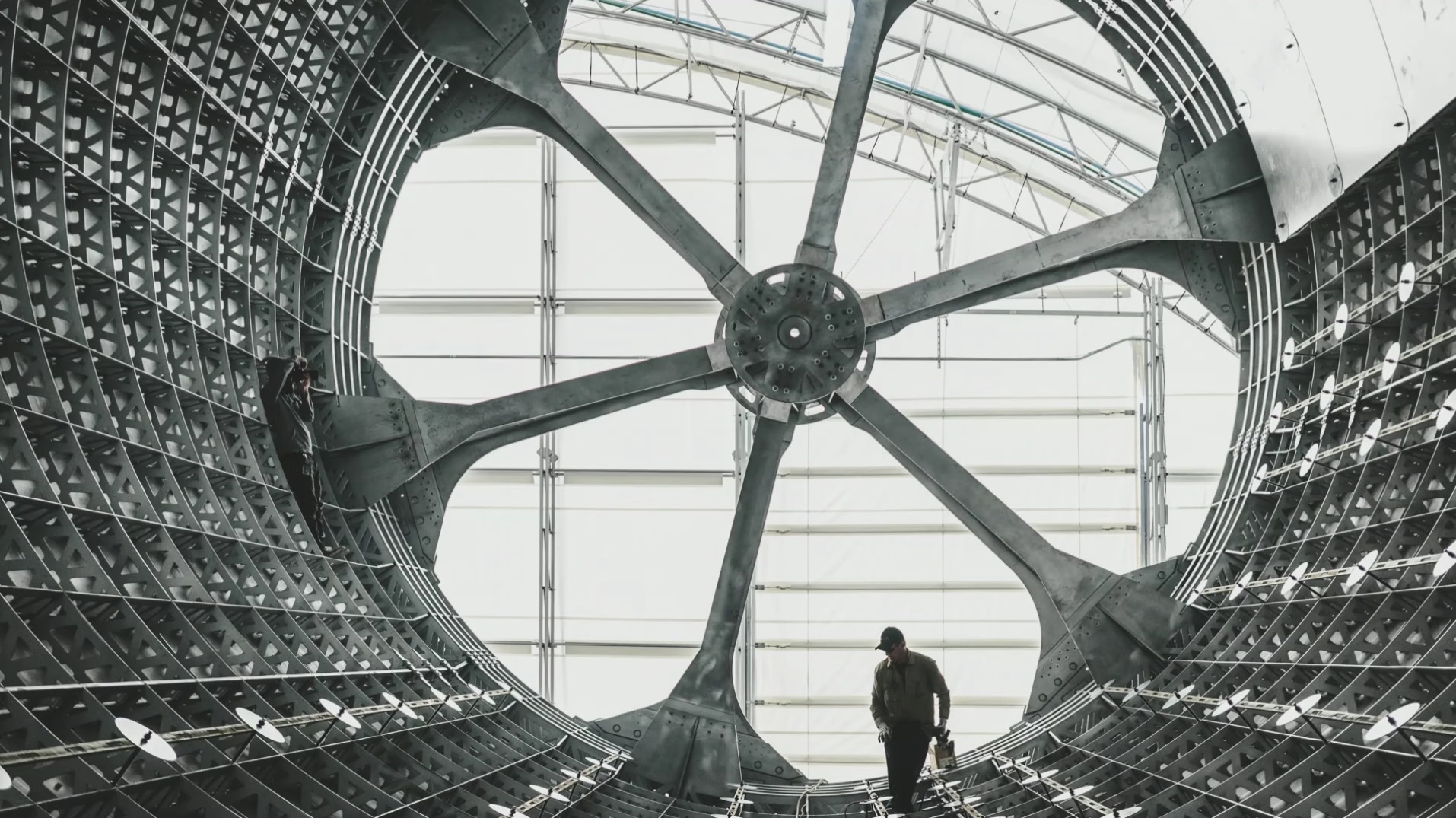
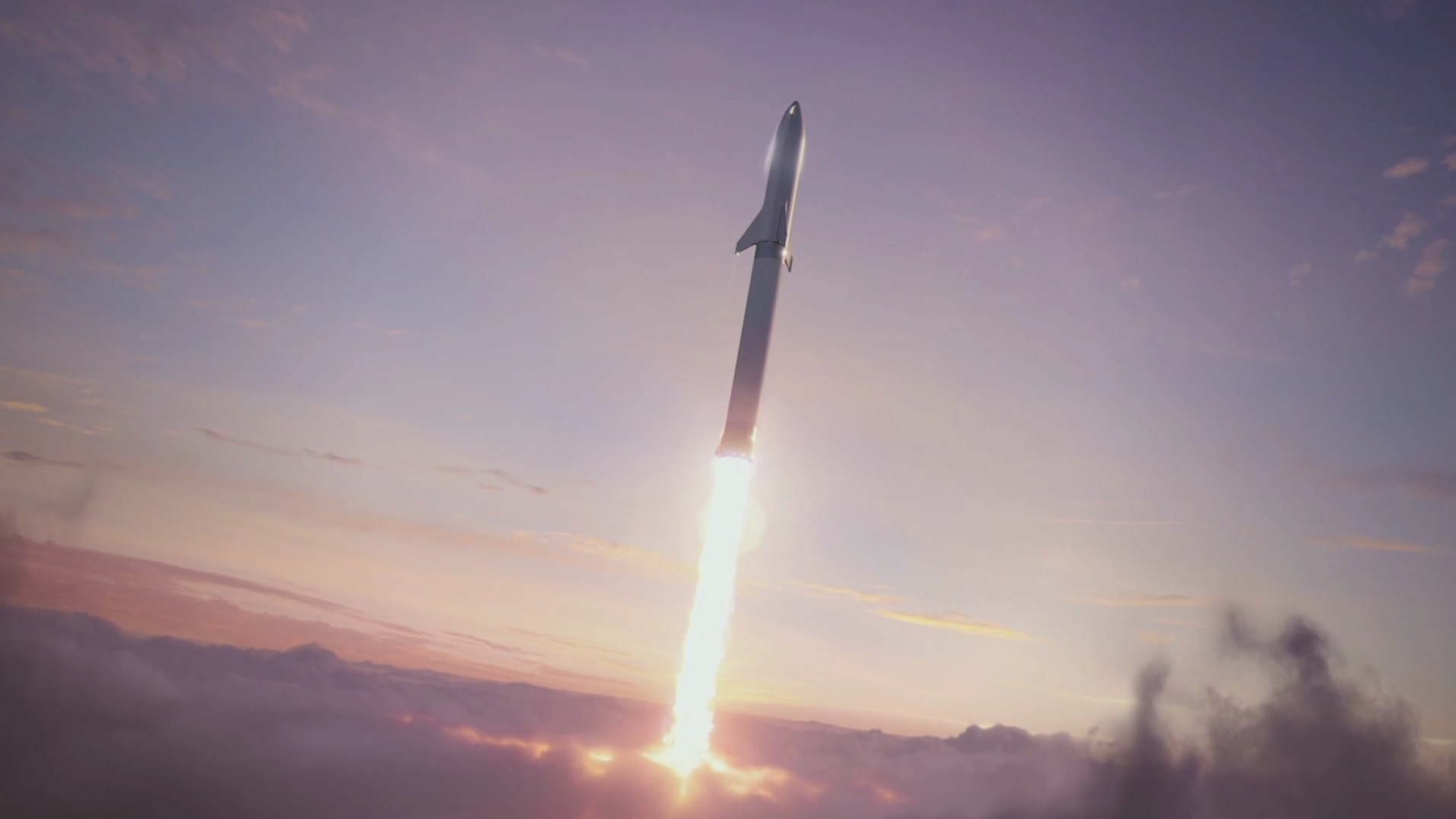
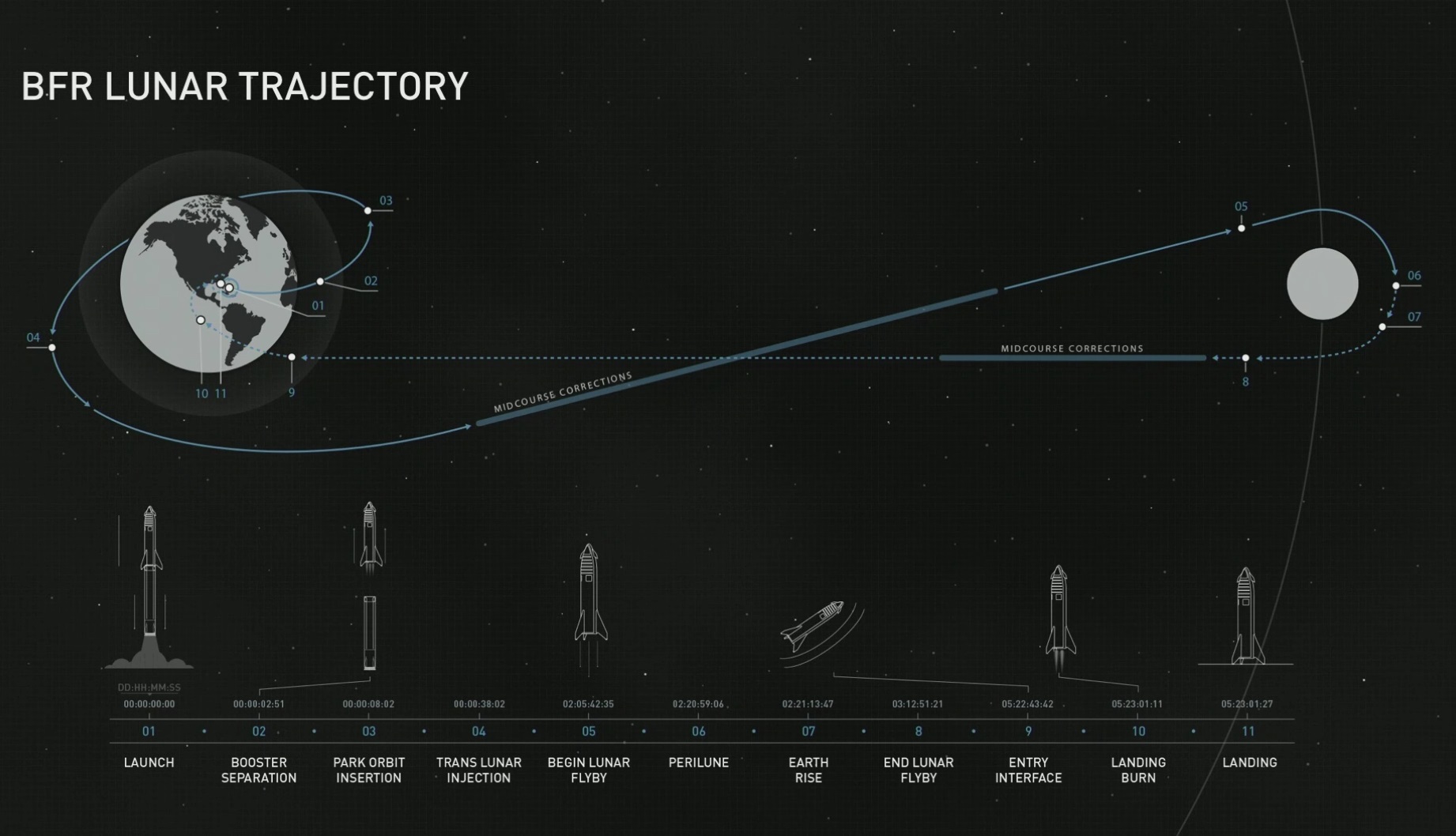
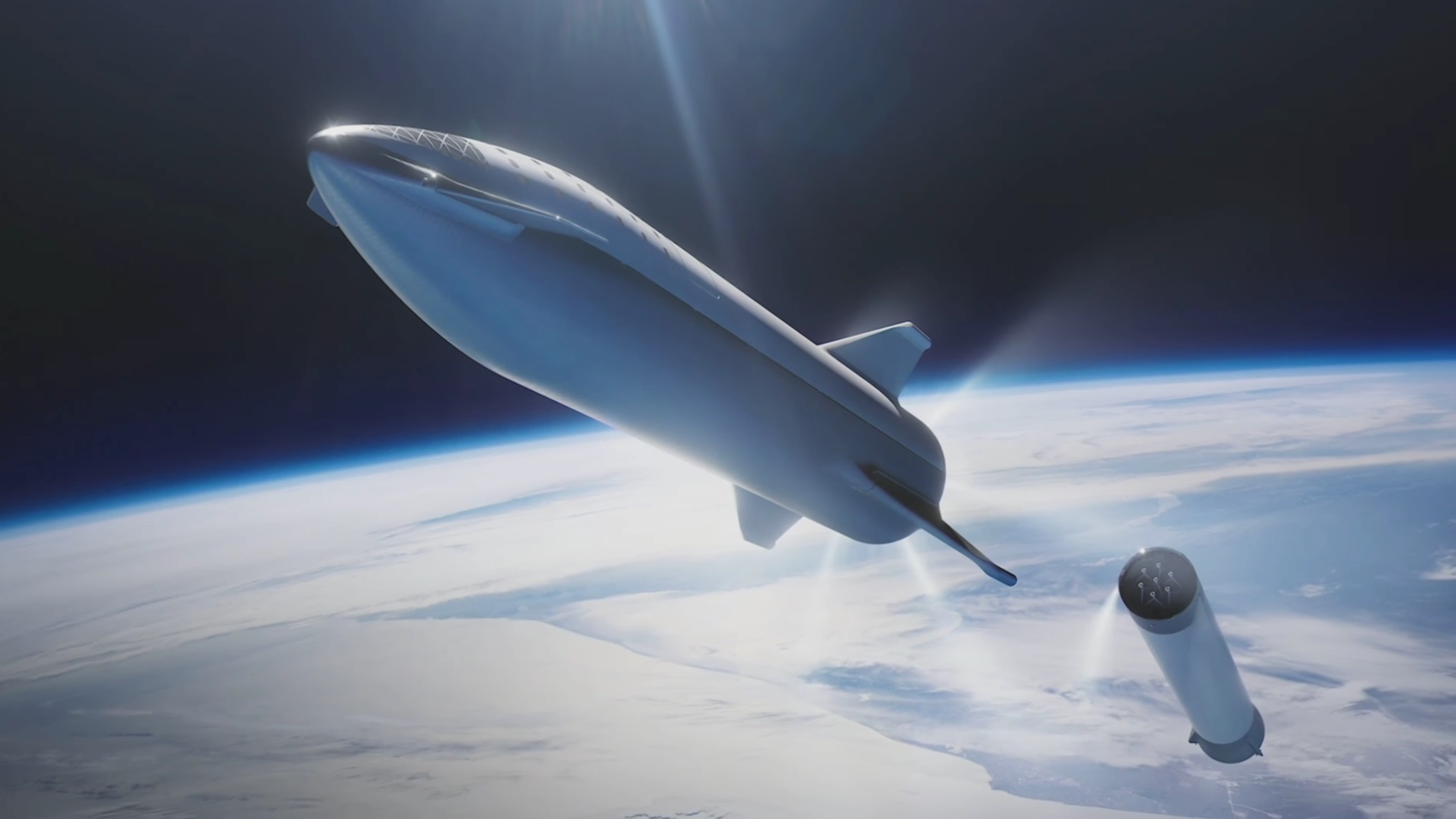
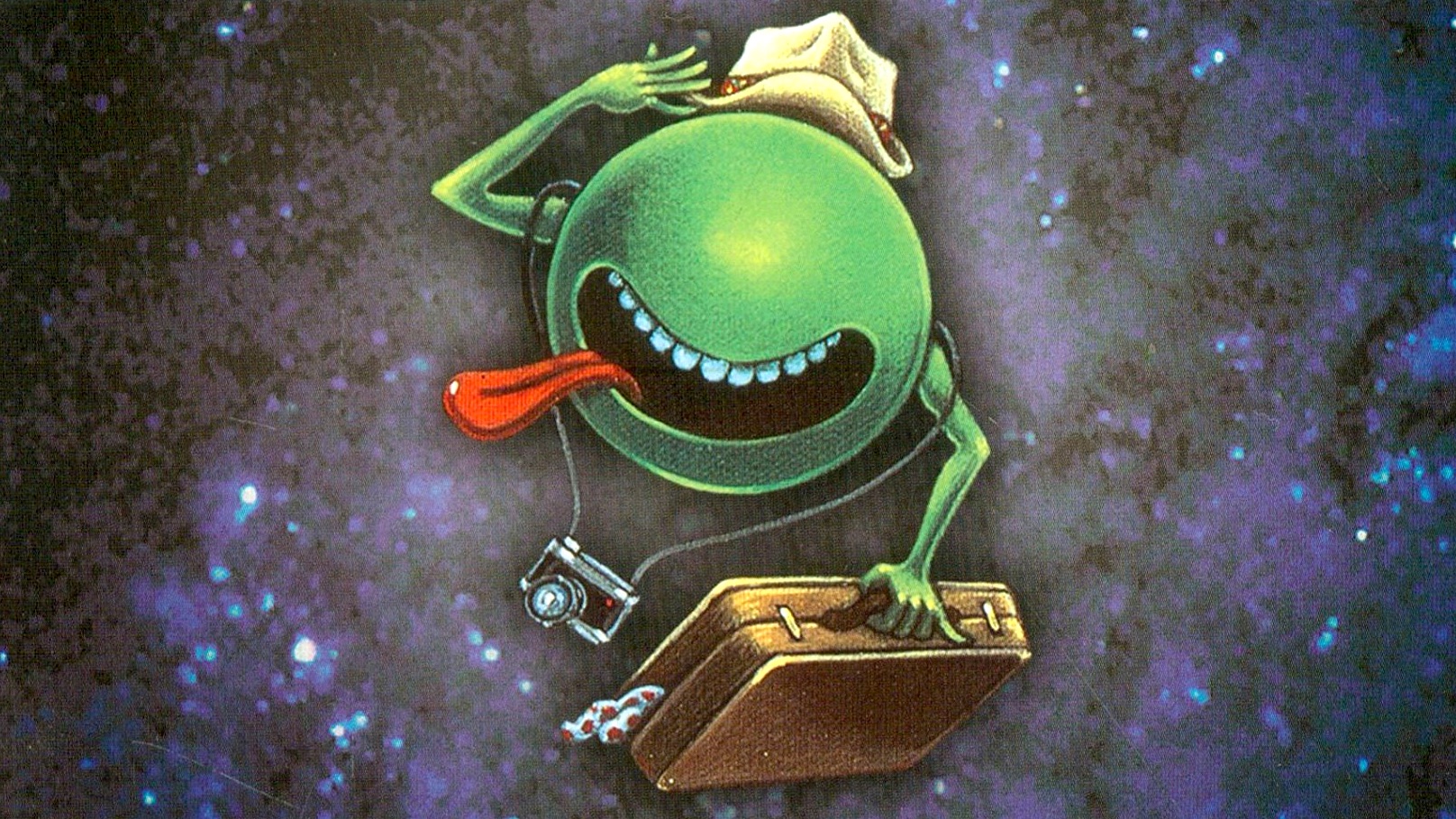






























Comment